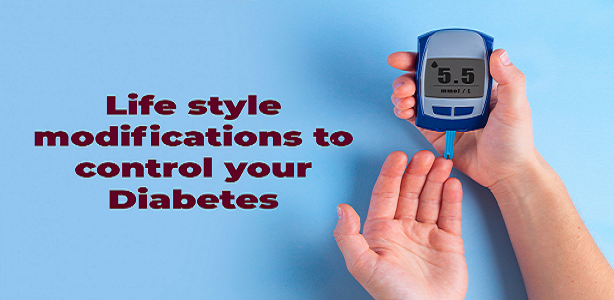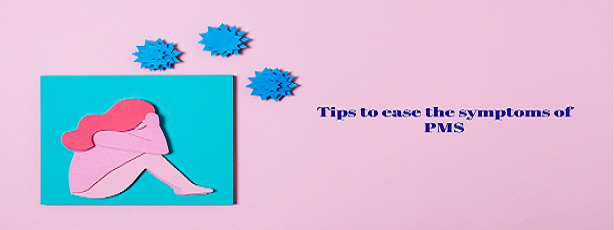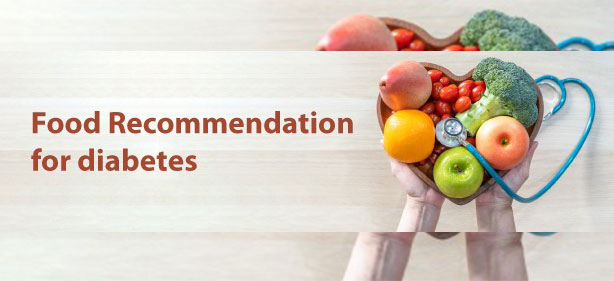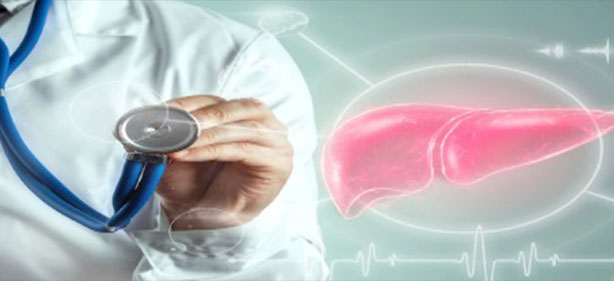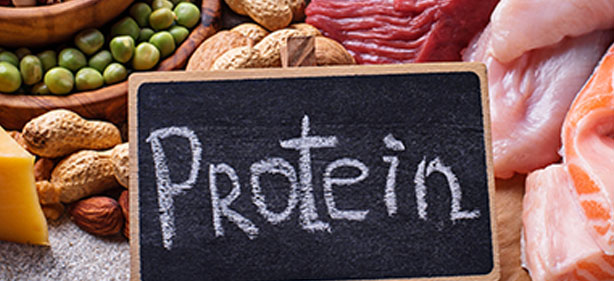Acid reflux occurs when there is acid backflow from the stomach into the esophagus.
The foods you eat affect the amount of acid your stomach produces. Eating the right kinds of food is key to controlling acid reflux
To control your symptoms, you could start by eliminating the following foods from your diet:
High-fat foods-Eating high-fat foods puts you at greater risk for reflux symptoms, so reducing your total daily fat intake can help.
The following foods have a high-fat content. Avoid these or eat them sparingly:
-
French fries and onion rings
-
full-fat dairy products, such as butter, whole
-
fatty or fried cuts of beef, pork, or lamb
-
bacon fat, ham fat, and lard
-
desserts or snacks, such as ice cream and potato chips
-
cream sauces, gravies, and creamy salad dressings
-
oily and greasy foods
Tomatoes and citrus fruit-
Fruits and vegetables are important in a healthy diet. But certain fruits can cause or worsen GERD symptoms, especially highly acidic fruits. If you have frequent acid reflux, you should reduce or eliminate your intake of the following foods:
-
oranges
-
grapefruit
-
lemons
-
limes
-
pineapple
-
tomatoes
-
tomato sauce or foods that use it, such as pizza and chili
Chocolate contains an ingredient called methylxanthine. It has been shown to relax the smooth muscle in the LES ( lower esophageal spincter)and increase reflux
Garlic, onions, and spicy foods
Spicy and tangy foods, such as onions and garlic, trigger heartburn symptoms in many people.
These foods won’t trigger reflux in everyone. But if you eat a lot of onions or garlic, track your meals carefully in your diary. Some of these foods, along with spicy foods, may bother you more than other foods do
Mint and products with mint flavoring, like chewing gum and breath mints, can also trigger acid reflux symptoms
Lifestyle tips
In addition to controlling reflux symptoms with diet and nutrition, you can manage symptoms with lifestyle changes. Try these tips:
-
Take antacids and other medications that reduce acid production. (Overuse can cause negative side effects.)
-
Maintain a healthy weight.
-
Chew gum that isn’t flavored with peppermint or spearmint.
-
Avoid alcohol.
-
Stop smoking.
-
Don’t overeat, and eat slowly.
-
Remain upright for at least 2 hours after eating.
-
Avoid tight clothing.
-
Don’t eat for 3 to 4 hours before going to bed.
-
Raise the head of your bed 4 to 6 inches to reduce reflux symptoms while sleeping.





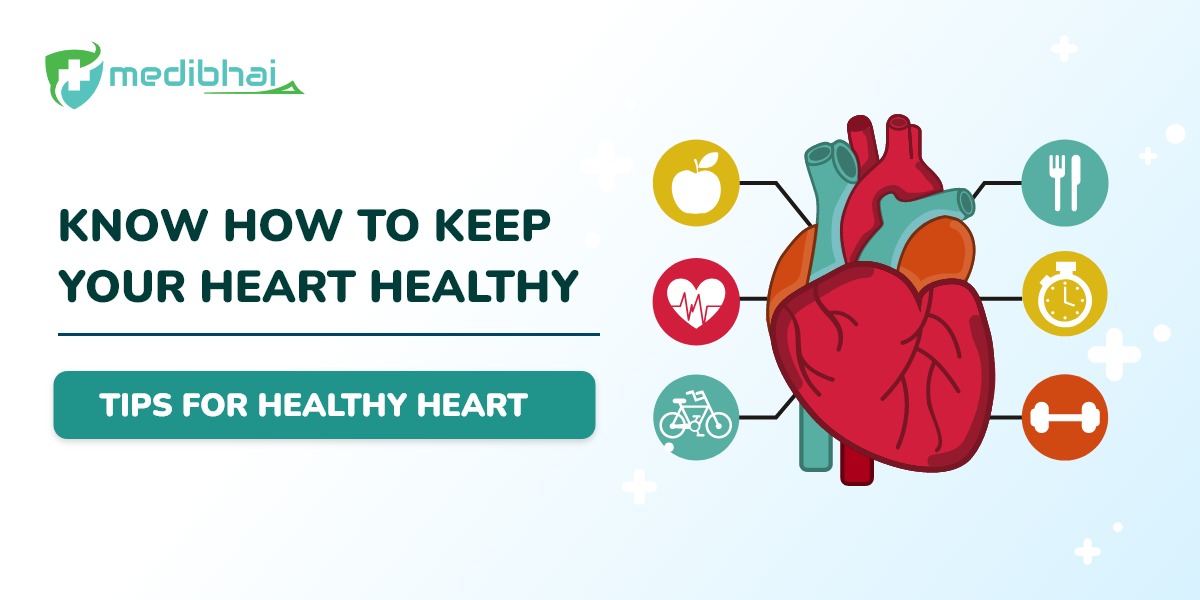
_2023-07-07-11-56-52.jpeg)
